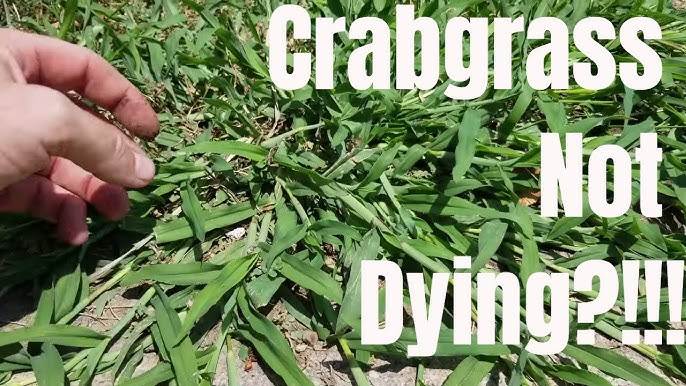
Overseeding is a powerful method to revitalize your lawn, making it lush and green without removing the existing grass. This technique involves spreading new grass seed over your current lawn to enhance its density, improve grass varieties, and sometimes even change the grass type over time. Here are the quick and easy steps to help you achieve a healthier, more vibrant lawn.

1. Choose the Right Time
Timing is crucial for overseeding. Typically, early fall is the best time for this process. For those living in the southern regions, you might start a bit later into the fall. If you're in the northern regions, begin as soon as possible to allow the new seeds to establish before winter.
2. Mow Your Lawn Lower
Before overseeding, mow your lawn to a lower height than usual. If you've been maintaining a higher cut during summer, lowering it will help the seeds reach the soil more effectively. Don't worry if your lawn looks rough for a short period; it will recover.
3. Dethatch if Necessary
Check for thatch buildup, a layer of dead grass and roots that can prevent seeds from reaching the soil. If you have more than half an inch of thatch, dethatching is necessary.
The article is not finished. Click on the next page to continue.
The article is not finished. Click on the next page to continue.
Next page


















